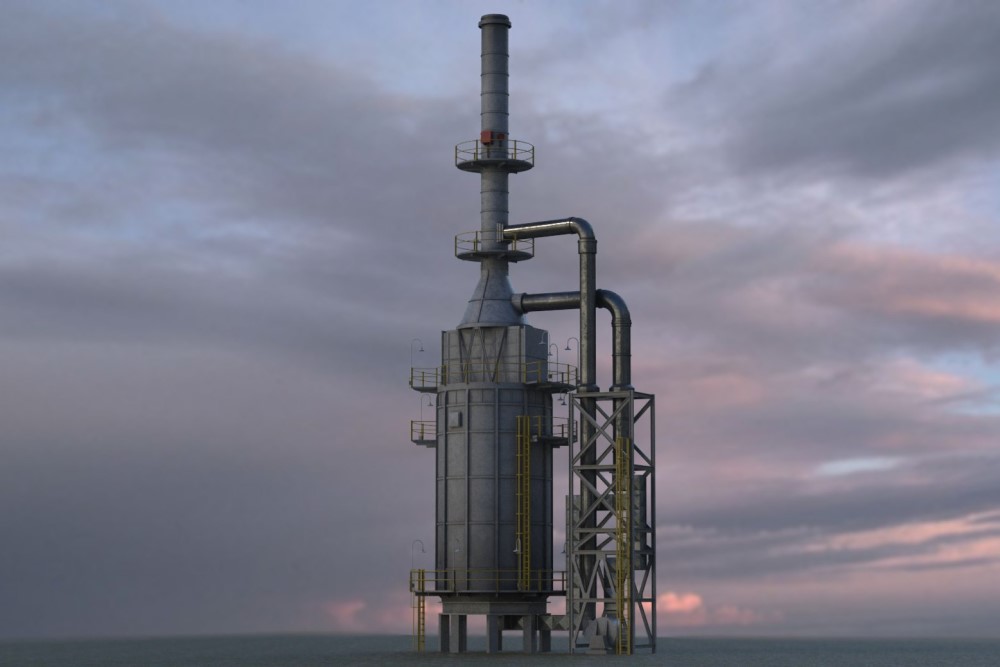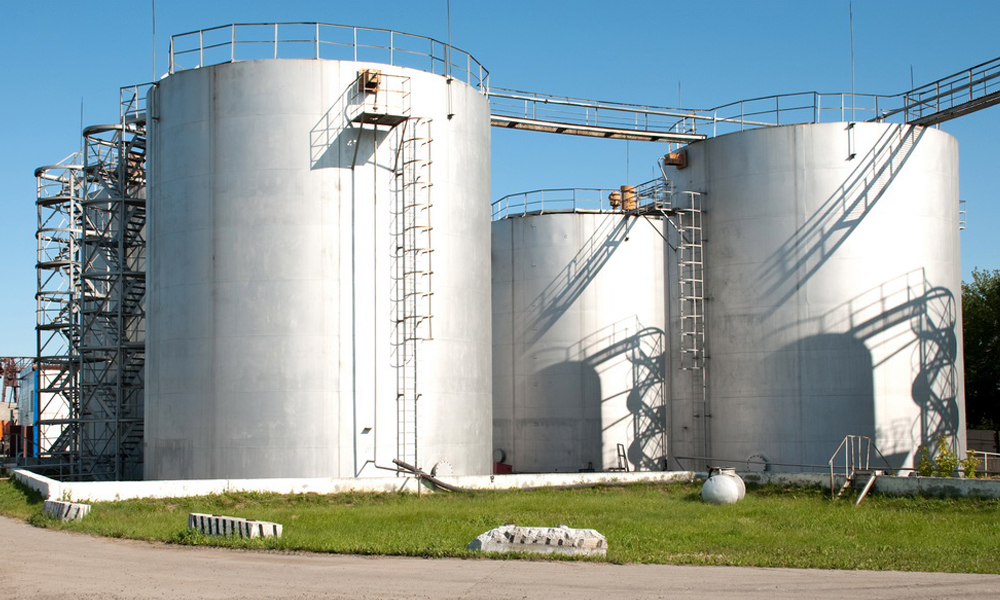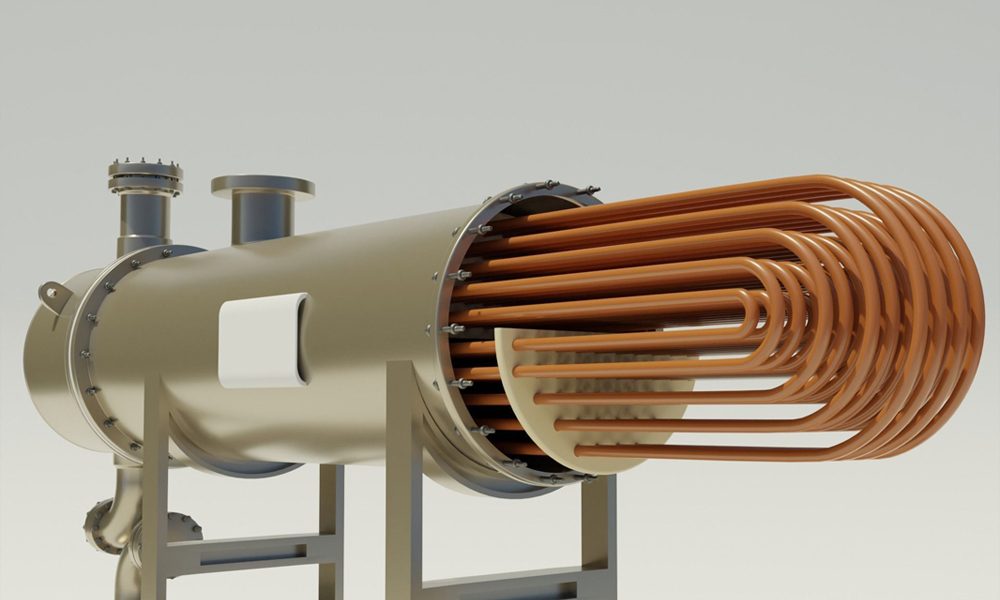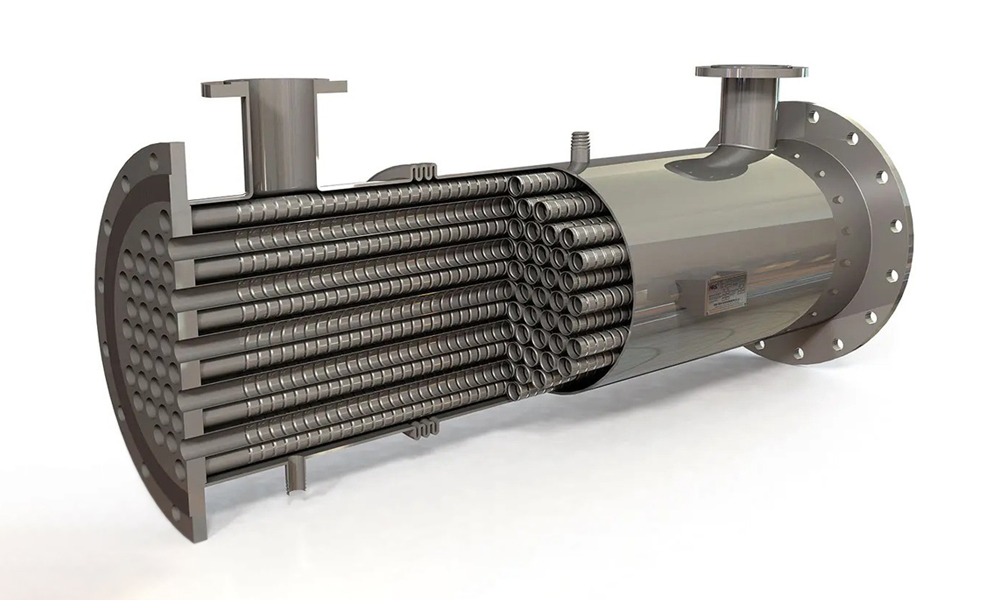An industrial furnace is a crucial piece of equipment in various industries used for thermal processes such as melting, heating, drying, and refining. Selecting the right furnace can increase project efficiency, reduce costs, and improve the quality of the final product. In this article, we comprehensively introduce refinery furnaces, types of industrial furnaces, refinery furnace components, and key considerations when equipping a furnace. The goal is to help you make the best decision for your project.
Definition and Role of Industrial Furnaces in Industries
An industrial furnace is a device that generates heat or applies heat to raw materials to enable specific chemical and physical processes. These furnaces are used in various industries, including oil and gas, petrochemicals, steel, glass, cement, and more. One of their most important applications is in refineries for processing crude oil and producing final products.
Types of Industrial Furnaces
The type of furnace suitable for a project depends on the nature of the process, material type, and thermal requirements. Below, we introduce the different types of industrial furnaces for better understanding:
Induction Furnaces: These furnaces generate heat using magnetic fields and electric currents. Induction furnaces are used in the steel, casting, and precious metal melting industries. Their main feature is high efficiency and precise temperature control.
Electric Furnaces: Electric furnaces generate high temperatures using electrical energy. They are ideal for processes that require precise temperature control and a clean environment, such as semiconductor production and laboratories.
Flame Furnaces: These furnaces use fossil fuels such as natural gas or oil to generate heat. They are primarily used in industries like cement, glass, and ceramics.
Refinery Furnaces: These furnaces are designed for specific refinery processes such as crude oil distillation, cracking, and industrial gas production.
Microwave and Plasma Furnaces: These furnaces are used in advanced industries that require very high temperatures and specific environments, such as in the production of advanced ceramics and composite materials.
Introduction to Types of Refinery Furnaces
Refinery furnaces play an essential role in oil and gas processing. These furnaces are divided into several categories based on their application and process:
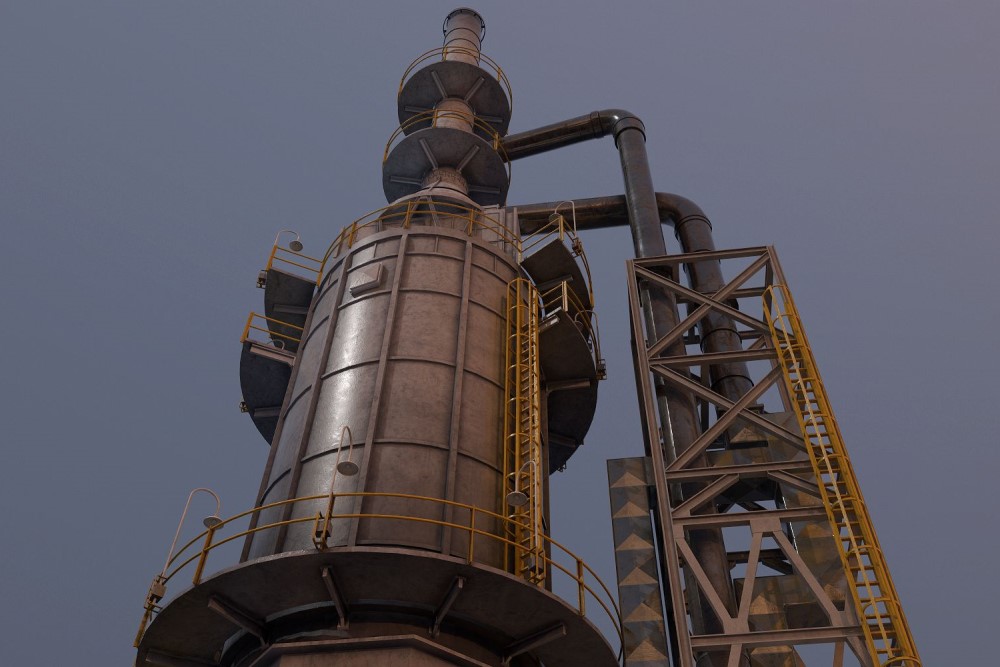
Tube Furnaces: Tube furnaces are among the most common types of furnaces in refineries. In these furnaces, fluids pass through tubes, and the necessary heat is provided via radiation and convection.
Cylinder Furnaces: These furnaces have a specific design used for high-pressure processes. They are used in crude oil distillation and cracking.
Rectangular Furnaces: These furnaces have either horizontal or vertical designs and are used for various processes, including heating fluids and producing steam.
Main Components of a Refinery Furnace
A refinery furnace consists of several components, and the coordination of these parts ensures the furnace’s efficiency. Below are some important components:
- Burners: Burners are the primary source of heat, and they use gas or oil to raise the furnace temperature.
- Radiation Tubes: These tubes are located in the main part of the furnace and directly heat the process fluid.
- Dampers: Dampers control the flow of air and exhaust gases, playing a crucial role in regulating pressure and temperature.
- Chimney: Exhaust gases are vented to the atmosphere via the chimney. Proper chimney design enhances efficiency and reduces pollution.
Key Considerations When Equipping a Furnace
Equipping a furnace is a critical phase in setting up industrial projects. Here are some important points to consider when selecting and installing furnace equipment:
- Energy Efficiency: High furnace efficiency helps reduce energy consumption and operating costs.
- Compatibility with Project Needs: The furnace must align with the project’s specific capacity and requirements. Choosing a furnace with too high or too low a capacity can lead to financial losses.
- Environmental Impact: Choosing furnaces with low emissions is not only environmentally friendly but also ensures compliance with environmental regulations.
- Maintenance Costs: Furnaces made from high-quality materials and modern designs require less maintenance.
- Consulting Experts: Consulting with reputable manufacturers and industry experts can help in selecting the most suitable furnace.
Furnace Equipment at Petrostructure International Aram
Petrostructure International Aram, a leader in refinery equipment design and manufacturing such as furnace, provides innovative solutions and high-quality products to various industries. Petrostructure adheres to international standards in the production of industrial and refinery furnaces, tailoring its products to the specific needs of each client. For more information, you can contact Petrostructure experts.
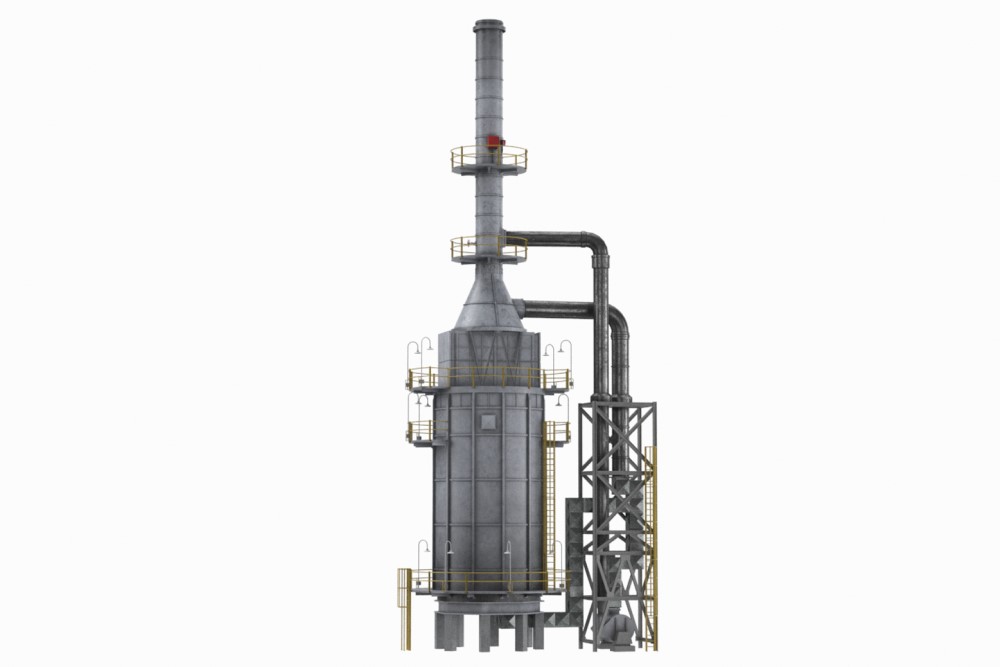
Conclusion
Selecting and equipping an industrial furnace requires a thorough understanding of the project’s needs, an overview of refinery furnace types, knowledge of furnace components, and consultation with reputable manufacturers. Given the importance of these furnaces in industrial processes, investing in a high-quality and appropriate furnace will lead to reduced costs and increased productivity.
References:
- Thermal Engineering Resources
- Industrial Furnace Design Guidelines
- Petrostructure Website

